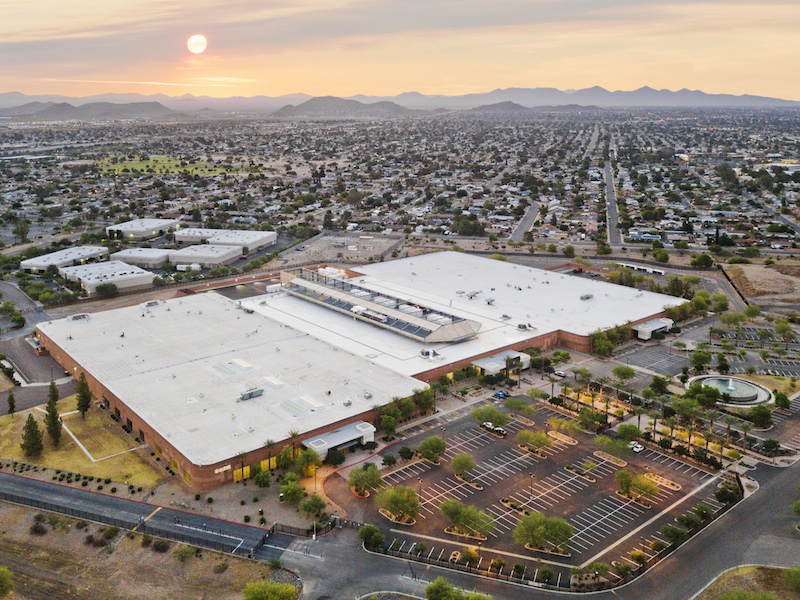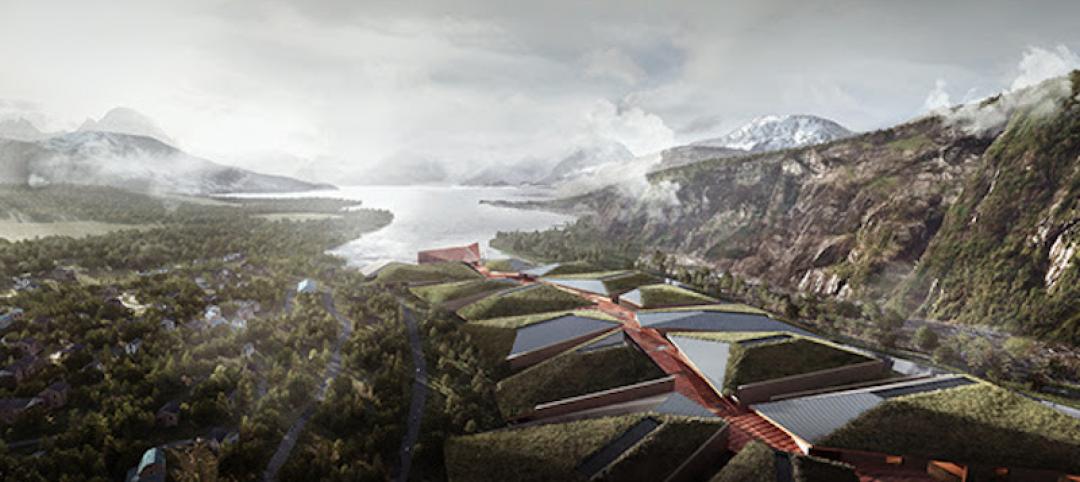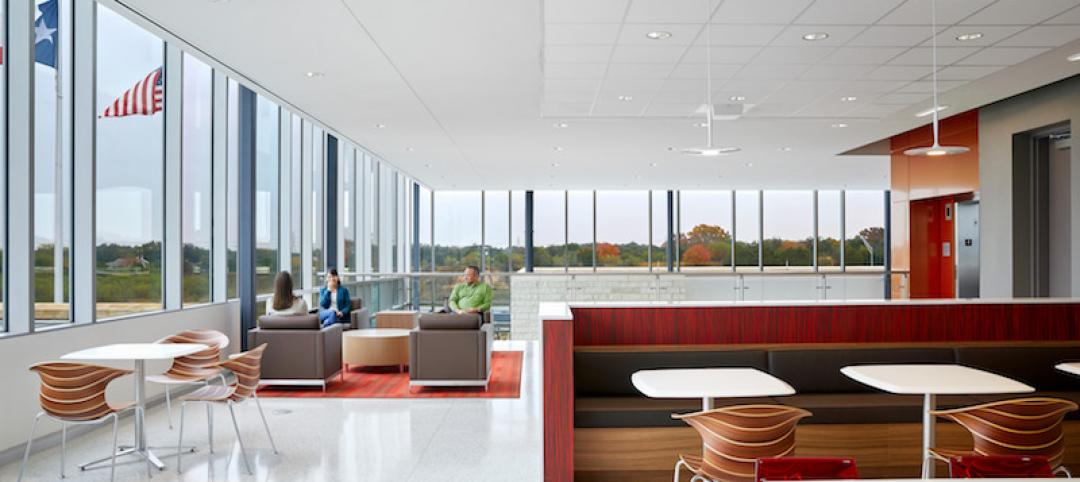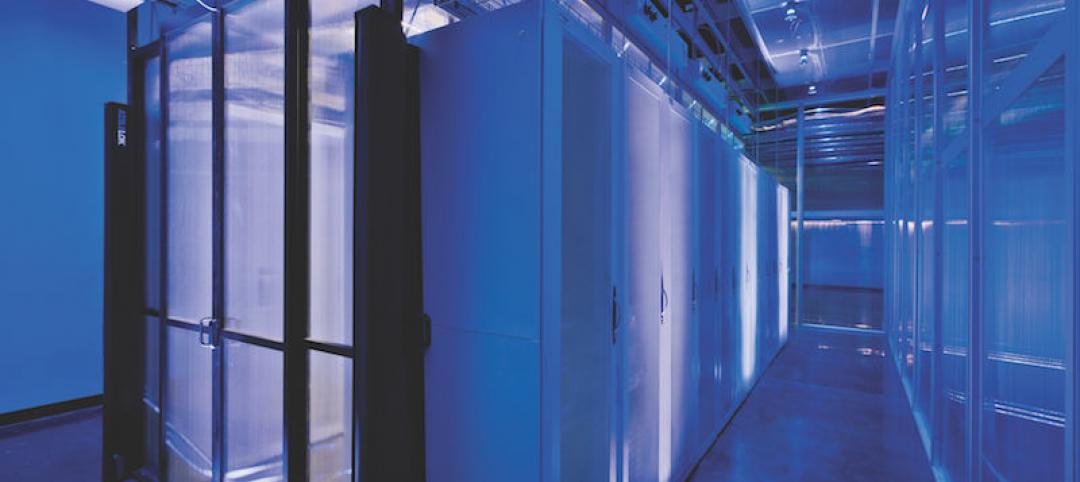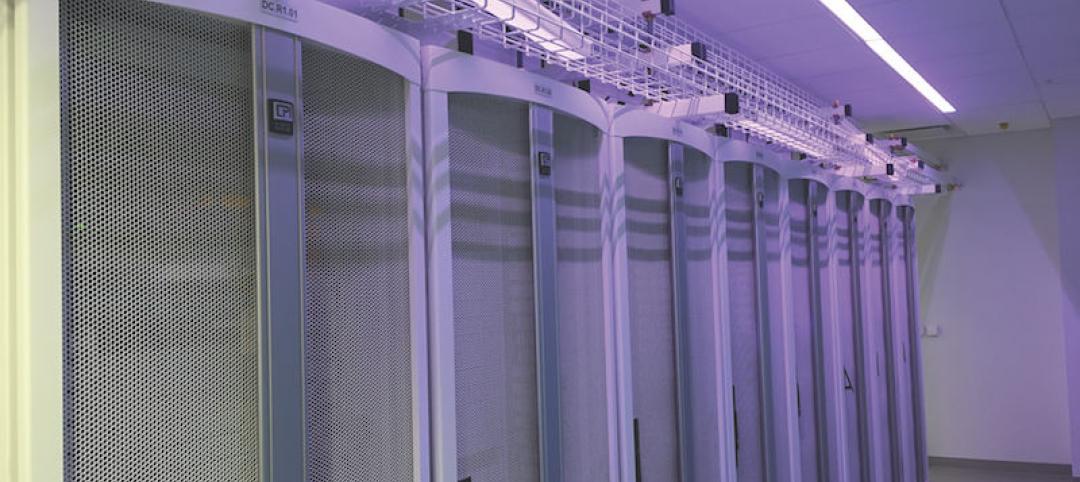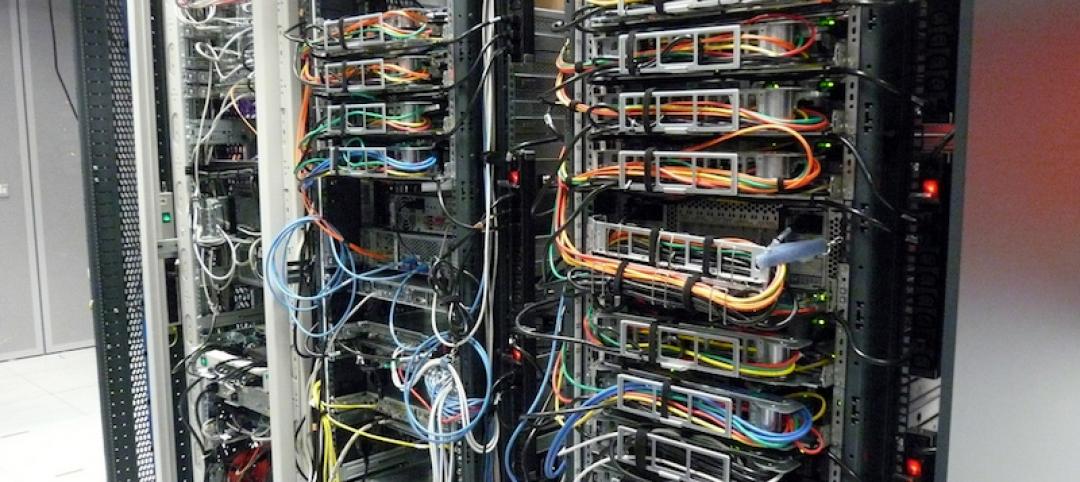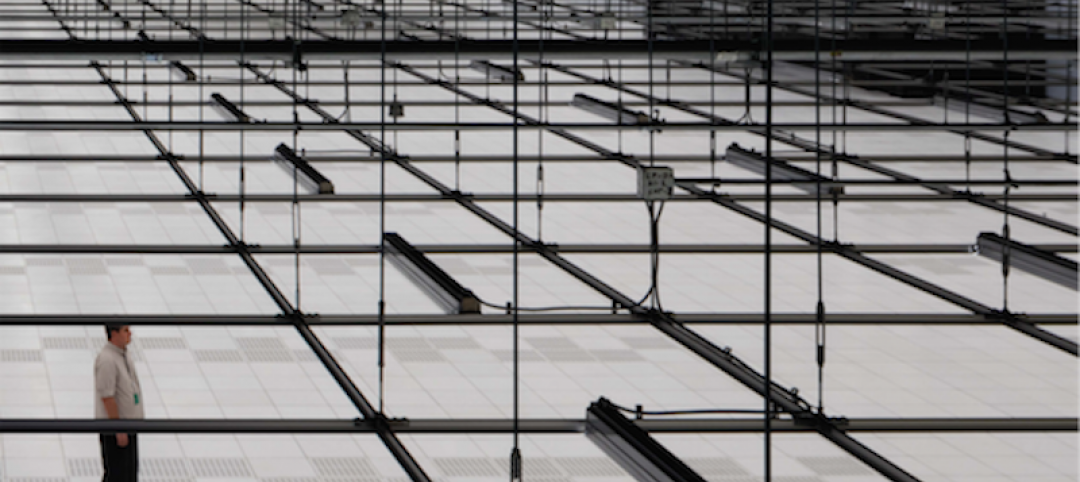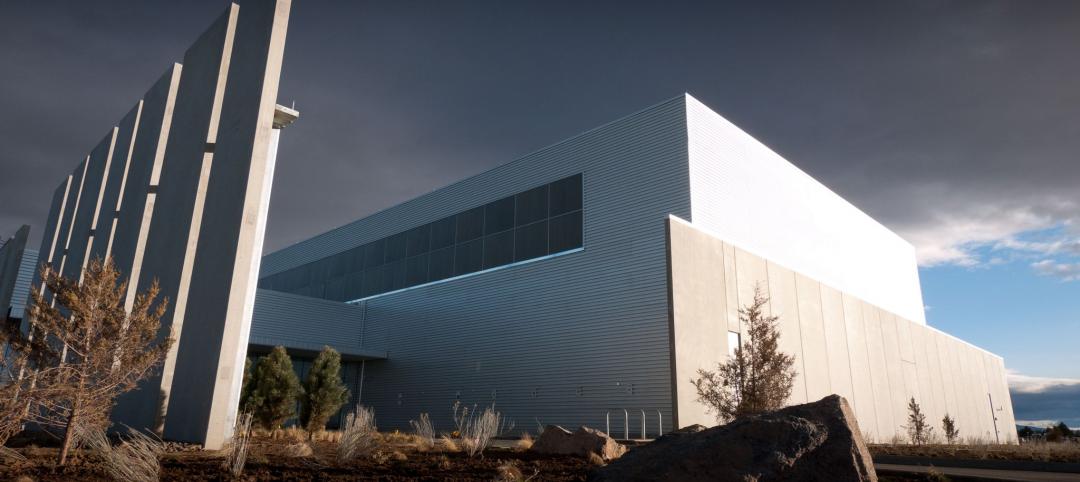Data centers are projected to consume 73 billion kilowatt hours of electricity by 2020. That would be 3 billion kWhs more than in 2014, according to the website Data Center Knowledge.
Providers are already scrambling to meet that anticipated demand. Through the first half of 2017 there were 506 MWs under construction, compared to the 353 MWs under construction during the same period a year earlier, according to JLL’s latest report on North America’s data center sector.
Large pipeline increases in Northern Virginia (plus 57 MW), Toronto (41 MW) and Dallas-Fort Worth (31 MW) “depict booming markets looking to catch up with demand,” JLL states.
The cloud is accounting for 30% or more of the demand in 11 of the 18 markets that JLL analyzed for its report. In fact, last year the predominate absorption driver in the data center sector was cloud focused. Microsoft Azure, Amazon Web Services (AWS), Oracle, SoftLayer, Google, and others captured huge portions of space, leading to one of the most robust leasing years on record.
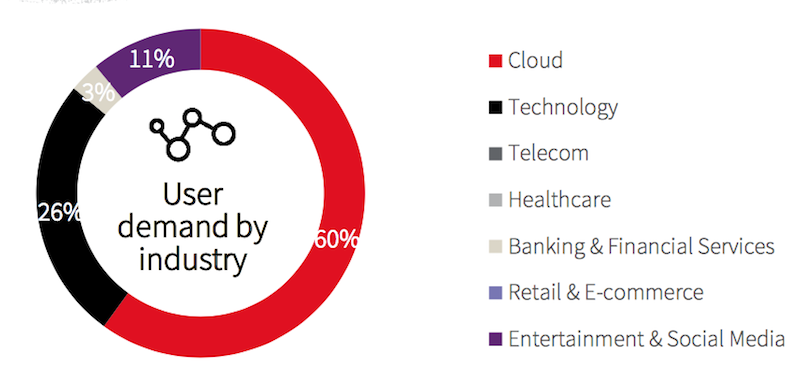
The cloud accounts for three-fifths of demand in Northern Virginia, one of hottest data center markets in the country. Image: JLL
Earlier this month, Bisnow and the Wall Street Journal reported that in their battle for the $500 billion database technology business, tech giants Google, Amazon, and Microsoft—which spent a combined $31.5 billion on data centers in 2016, up 22% from the previous year—are expanding their cloud infrastructures so rapidly that they are leasing data center space because they can’t build their own quickly enough.
2016 racked up over 350 MW of absorption in the U.S. and 46 MW in Canada. U.S. absorption rates cooled a bit in the first half of 2017, but JLL sees that leveling off as cloud users taking a temporary respite on leasing to work through the “massive” capacity they took on last year.
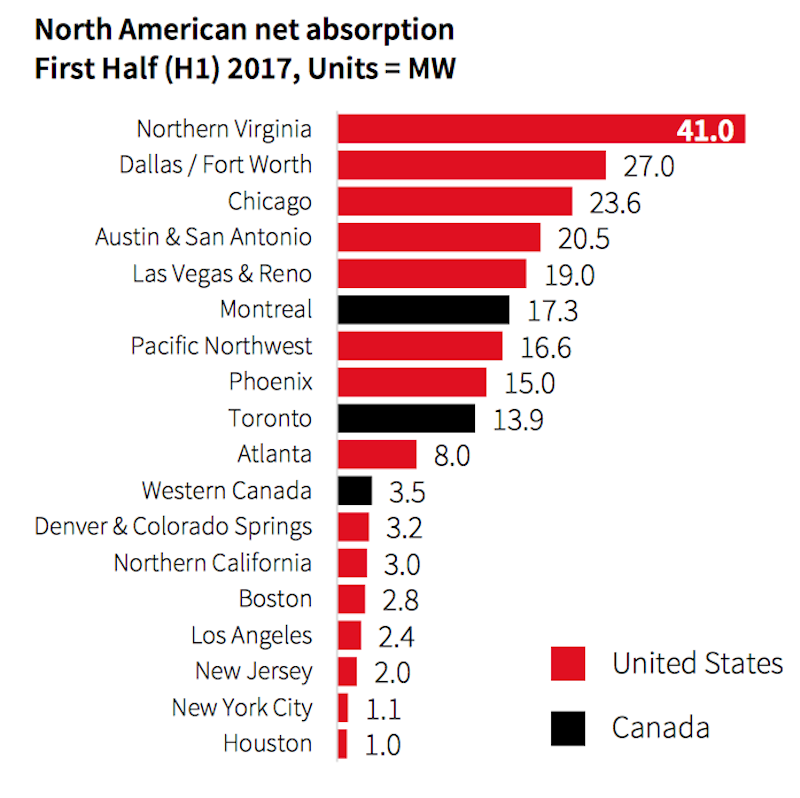
The predominate driver of absorption is cloud focused, according to JLL's latest report on the North America data center market. Image: JLL
Pent up data center demand from Fortune 1000 companies and enterprise users that previously were unable to grab capacity, due to low availability, are expected to lease up moderate to large chunks, and drive additional absorption through the year.
“Technology has changed where we are today,” says Michael Silla, Senior VP of Skanska USA’s Mission Critical Center of Excellence in Charlotte, N.C. “Technology is all about convenience—eBay, Amazon, Uber—driven by smartphones. And there are several cloud players, all driving hyperscale computing. We don’t know where the future is going, but we’re going to need computing to make it all work.”
In a recent interview with BD+C, Silla asserted that the future of data centers would revolve around infrastructure and “building what matters.” Skanska, he said, is positioning itself to become more of a partner with its data center clients, and to get involved in collaborative programming early in the process.
“We need to transfer from being a builder to being a trusted advisor” to help clients scale their facilities appropriately, Silla said.
Skanska is moving in this direction at a time of aggressive consolidation within the data center sector. JLL estimates there were nearly $2 billion in merger-and-acquisition deals among providers in 2016. Through the first six months of 2017, M&A activity jumped to over $10 billion, as the industry gravitates toward larger, more efficient facilities that offer comprehensive and flexible products to users looking for consistent global vendors.

As user demand expands, AEC firms will need to beef up their mission critical teams to keep pace. Image: Connie Zhou Photography
JLL expects M&A activity to continue through the remainder of this year and beyond. At the same time, Silla expects new providers to come onto the market. “Disruption is moving at such a pace that data center construction might not be able to keep up.”
The big challenge for companies like Skanska, he explained, is that AEC firms don’t have enough designers and builders to handle the current rate of data center growth. Skanska has taken its technical builders from other sectors and transferred them to data center design and construction.
“As an industry, we have to attract more talent,” he said, noting that several chapters of 7x24 Exchange International are now reaching out to colleges and universities.
A data center typically takes between six and eight months to build. But the industry’s volatility makes such scheduling less predictable. Skanska recently was finishing up a 5 MW data center in Phoenix when that facility signed a new customer with different requirements for its leased space. Keeping up with such changes, said Silla, is going to require better and more frequent coordination with data center developers and retailers.
In general, Silla thought that planning is “the key” to bringing a data center online on schedule and within budget. One positive change he’s seen is that designs have become more modular and scalable, and are factoring in load predictabilities and infrastructure needs more flexibly. Modularity, he suggested, might even extend a facility’s life cycle beyond its normal 12-to-15 year span.
AEC firms that serve this sector must also take into account what JLL singles out as the growing demand among users for data security and artificial intelligence, and how those needs are going to affect their businesses going forward.
Related Stories
Giants 400 | Oct 11, 2017
Top 25 data center architecture firms
Jacobs, Corgan, and Gensler top BD+C’s ranking of the nation’s largest data center sector architecture and AE firms, as reported in the 2017 Giants 300 Report.
Data Centers | Aug 16, 2017
The world’s largest data center is being built 140 miles north of the Arctic Circle
The 600,000-sm facility will be on a secure property surrounded by a moat.
Healthcare Facilities | Jul 25, 2017
Healthcare technology: Preparing for the world of tomorrow
This article outlines the current data center landscape in the healthcare sector, industry trends, and challenges and opportunities new technologies present to the healthcare space.
Data Centers | Jul 21, 2017
Operational wellness was an objective for a new 911 call center near San Antonio
The Operations Center consolidates activities that previously were being handled at 25 locations.
Data Centers | Oct 14, 2016
Where data centers meet design
As technology continues to evolve, we have to simultaneously adapt and help our clients think beyond the short term, writes Gensler's Martin Gollwitzer.
Data Centers | Oct 10, 2016
Data centers enter new era of innovation
AEC firms see opportunities as consultants for clients trying to figure out which data center solution works best for their IT, computing, and distribution needs.
Data Centers | Sep 26, 2016
Micro data centers keep IT departments connected to computing
Over the past two years, SmithGroup has been getting more requests from clients for micro data centers.
Data Centers | Sep 19, 2016
New ANSI/ASHRAE data center standard is performance-based, more flexible
The aim of the standard was to ‘not stifle innovation.’
| Aug 10, 2016
DATA CENTER GIANTS: Information overload is pushing the limits of mission-critical facilities
Streamlined design and delivery approaches for individual business enterprises and co-location facilities are being born out of the necessity to bring new capacity online as quickly as possible.
| Aug 10, 2016
Top 50 Data Center Engineering Firms
Vanderweil Engineers, Jacobs, and Syska Hennessy Group top Building Design+Construction’s annual ranking of the nation’s largest data center sector engineering and E/A firms, as reported in the 2016 Giants 300 Report.


